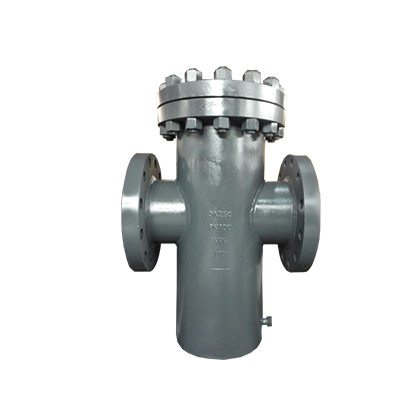In industrial and commercial fluid handling systems, basket strainers play a crucial role by removing solid particles from liquids, gases, or steam pipelines. This protects pumps, valves, and downstream equipment from damage or clogging. Whether you’re planning to buy basket strainer models for a new system or seeking to replace an aging pipeline strainer, understanding the full lifecycle of basket strainers—from selection to maintenance—is vital for ensuring reliable system performance and minimizing downtime.
Y Strainer vs Basket Strainer: Which One to Choose?
When comparing Y strainer vs basket strainer, each has its place depending on flow rate, space limitations, and maintenance needs. Y strainers are compact and ideal for smaller systems or when vertical installation is required. In contrast, basket strainers offer a larger filtration area and can hold more debris before needing cleaning, making them better suited for high-flow applications and viscous media. For applications requiring strainer for pump protection, such as chemical processing, water treatment, or food and beverage production, basket strainers are typically the preferred choice due to their higher capacity and ease of service.
Understanding the Basket Strainer Valve
A basket strainer valve refers to the integrated valve or housing structure that holds the filter basket and regulates fluid flow. High-quality basket strainer valves are usually made of stainless steel, carbon steel, or bronze, depending on the application medium and pressure requirements. They are engineered to handle a wide range of operating temperatures and pressures, making them a reliable choice for both water and industrial liquid pipelines. Selecting the right valve material and pressure rating ensures long-term durability and minimal risk of system failure.
Filter Basket for Strainer: When and How to Clean
The filter basket for strainer is the removable component inside the housing that traps solids. Its mesh size varies based on the filtration requirement—from coarse screening to fine particle removal. Over time, trapped debris can block the basket, reducing flow and increasing pressure.
Knowing how to clean basket strainer correctly is key to system longevity. First, shut off the upstream valve and release any internal pressure. Remove the cover, extract the basket, and clean it using water, brushes, or ultrasonic cleaners depending on the contaminant type. For sticky or oily deposits, a mild solvent may be needed. Inspect the basket for damage or corrosion before reinstalling it to avoid unintentional bypass or breakdown.
Basket Strainer Maintenance Tips
Consistent basket strainer maintenance extends equipment life and ensures continuous operation. Maintenance schedules depend on the fluid type, system load, and contaminant volume. Visual inspection and differential pressure monitoring help determine cleaning intervals. Also, lubricate seals and gaskets as needed, check for leaks, and verify that the strainer is properly seated and aligned. Some advanced systems include pressure gauges and sensors to automate maintenance alerts, but manual checks remain critical in many operations.
Troubleshooting Basket Strainer Issues
Unexpected flow reduction or pressure fluctuations often require troubleshooting basket strainer elements. Common issues include partially clogged baskets, worn-out seals, improperly sized strainers, or reversed installation. A blocked basket can starve downstream equipment, while a loose cover may cause leaks. Ensure that the strainer is correctly installed in the direction of flow, and double-check torque specs on bolts and fasteners to maintain a secure seal. Keeping spare baskets and gasket kits on-site can also reduce downtime during emergency maintenance.
Basket Strainer Installation Guide
A comprehensive basket strainer installation guide should cover placement, orientation, accessibility, and support. Install the strainer horizontally unless otherwise specified, ensuring the basket can be easily removed for cleaning. Allow at least one basket length of clearance on the cover side for maintenance access. Use flange or threaded connections that match your pipeline system, and support both ends to reduce mechanical stress. Make sure the arrow on the body aligns with the direction of flow. After installation, perform a pressure test to ensure no leaks exist at connection points.
Basket Strainer Flow Rate Considerations
Choosing a strainer without evaluating the basket strainer flow rate can lead to inefficient operation. An undersized strainer will create pressure drops, overwork pumps, and require frequent cleaning. Oversizing may lead to increased installation costs and unnecessarily large housings. Calculate the flow rate (GPM or m³/h) based on system specifications and match it with the manufacturer’s rated flow capacity at a given pressure drop. Also consider fluid viscosity and particulate load, as these factors significantly influence sizing decisions.
From selection and installation to cleaning basket strainer elements and solving performance issues, a well-managed basket strainer is essential for maintaining fluid system efficiency. Understanding the difference between Y strainer vs basket strainer, learning how to clean basket strainer units properly, and applying a proactive basket strainer maintenance approach will minimize unplanned downtime and costly repairs. When you buy basket strainer equipment, always ensure that it meets your flow rate, pressure, and filtration requirements. This guide offers the foundational knowledge necessary for anyone responsible for troubleshooting basket strainer issues or preparing for a new system installation.


